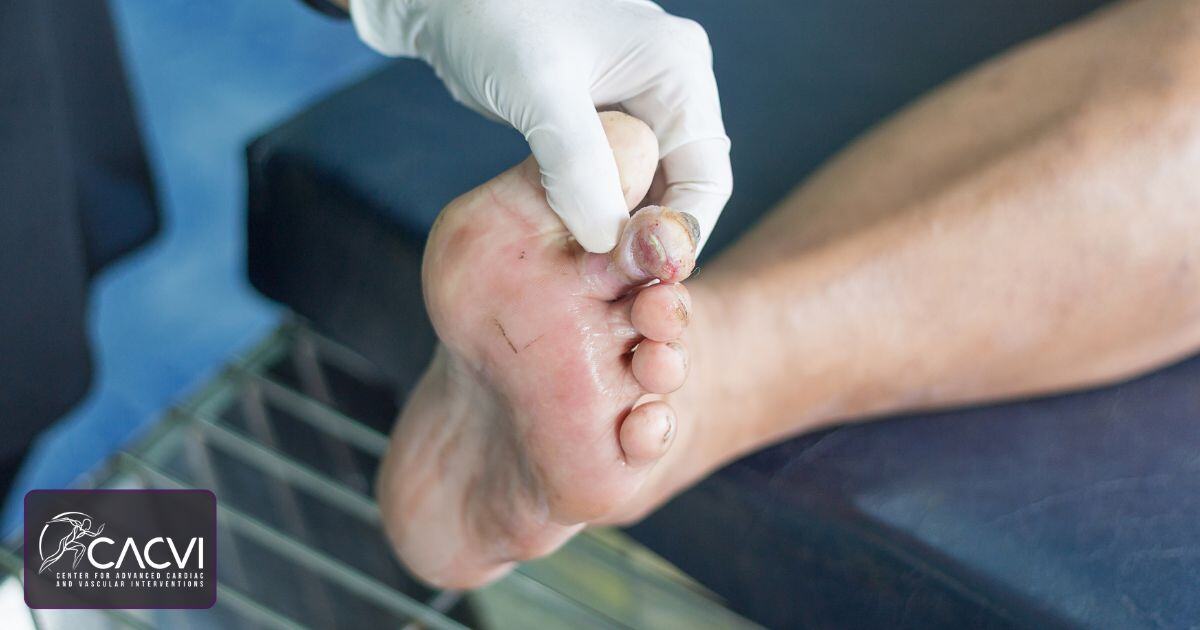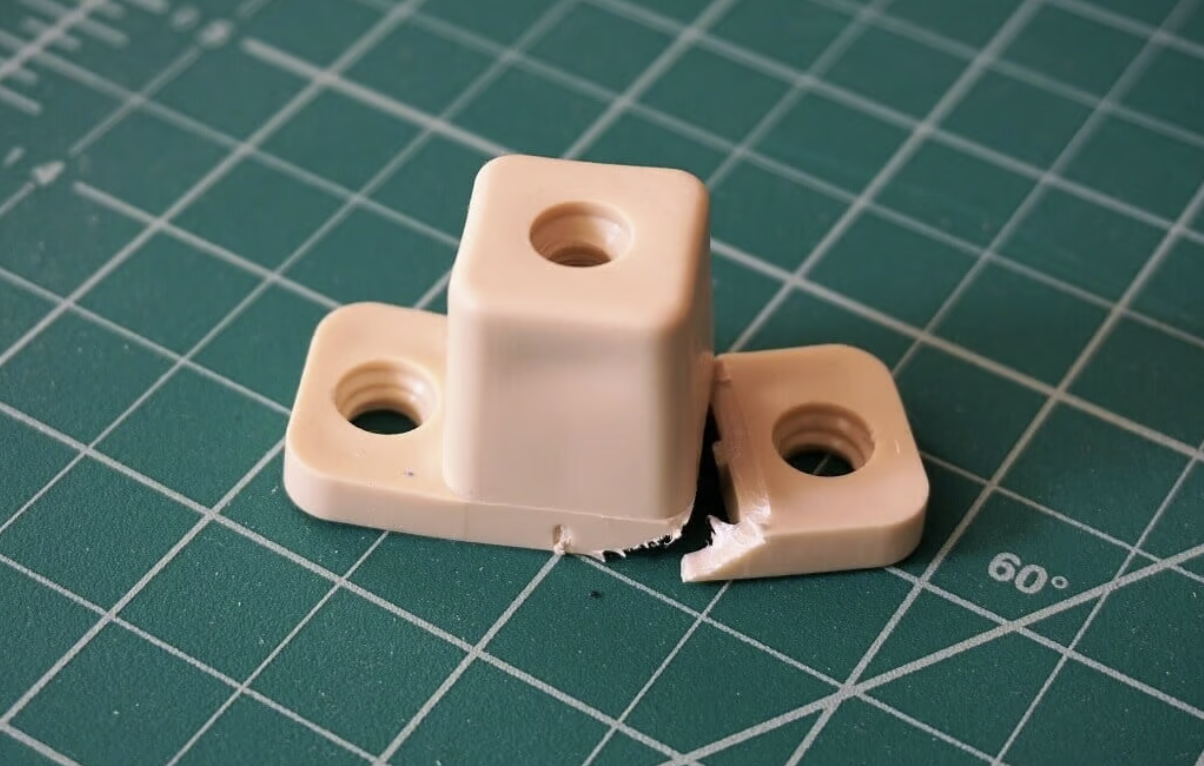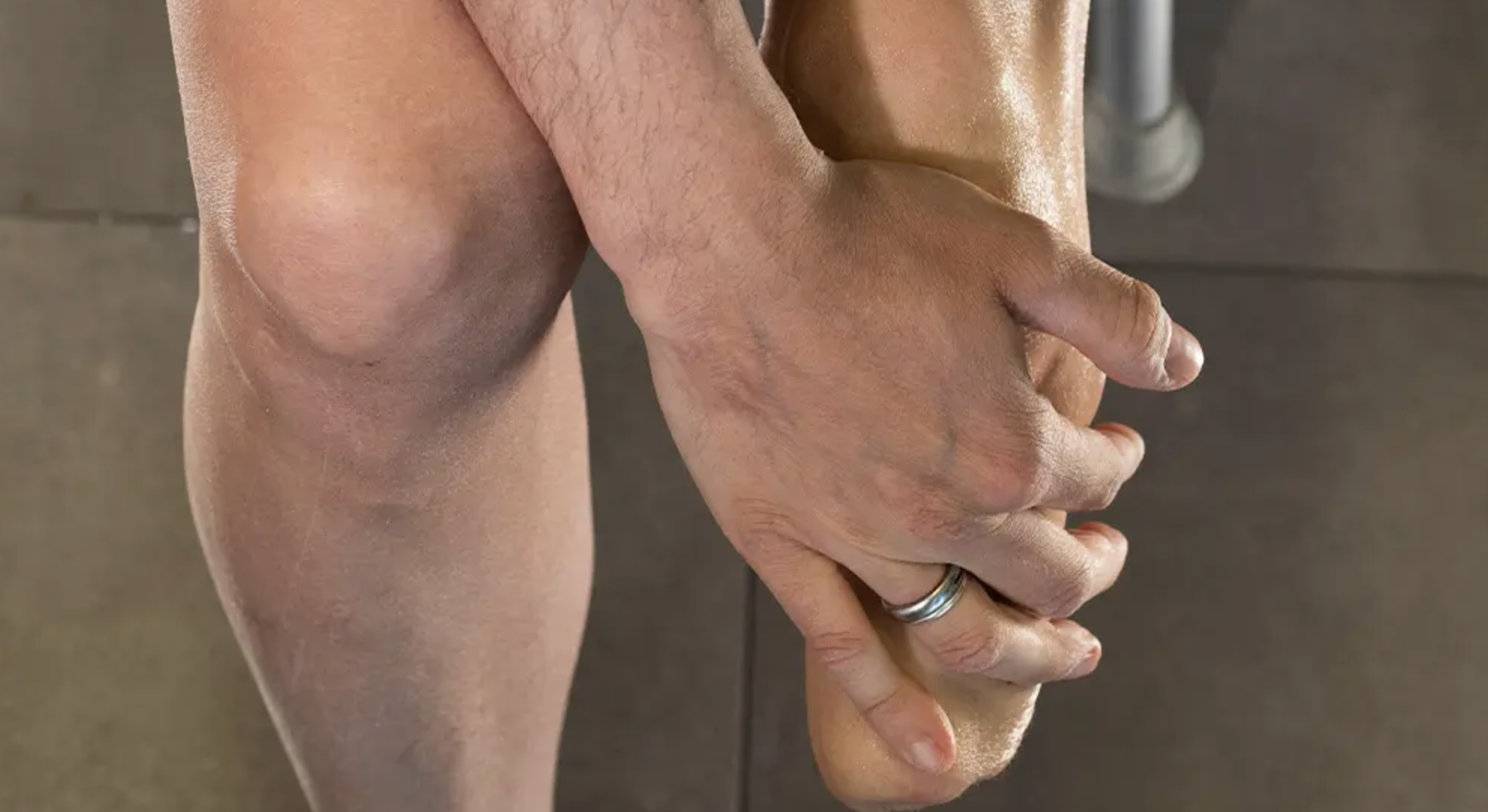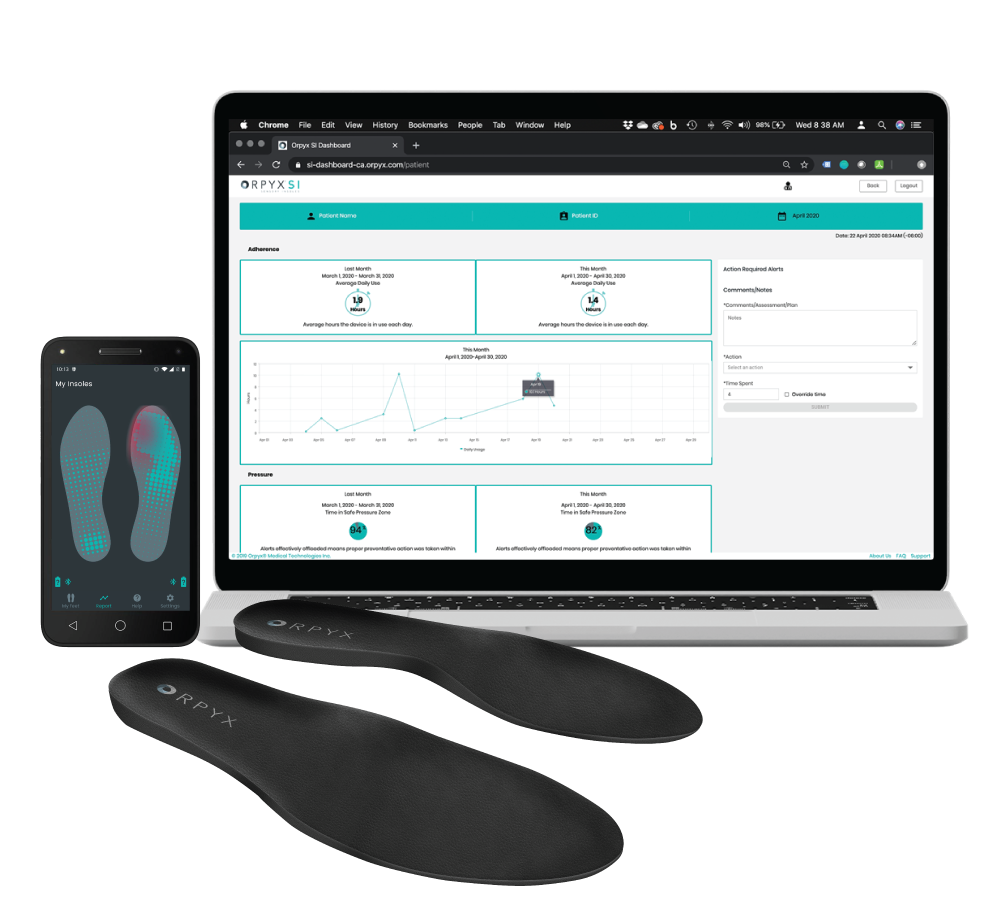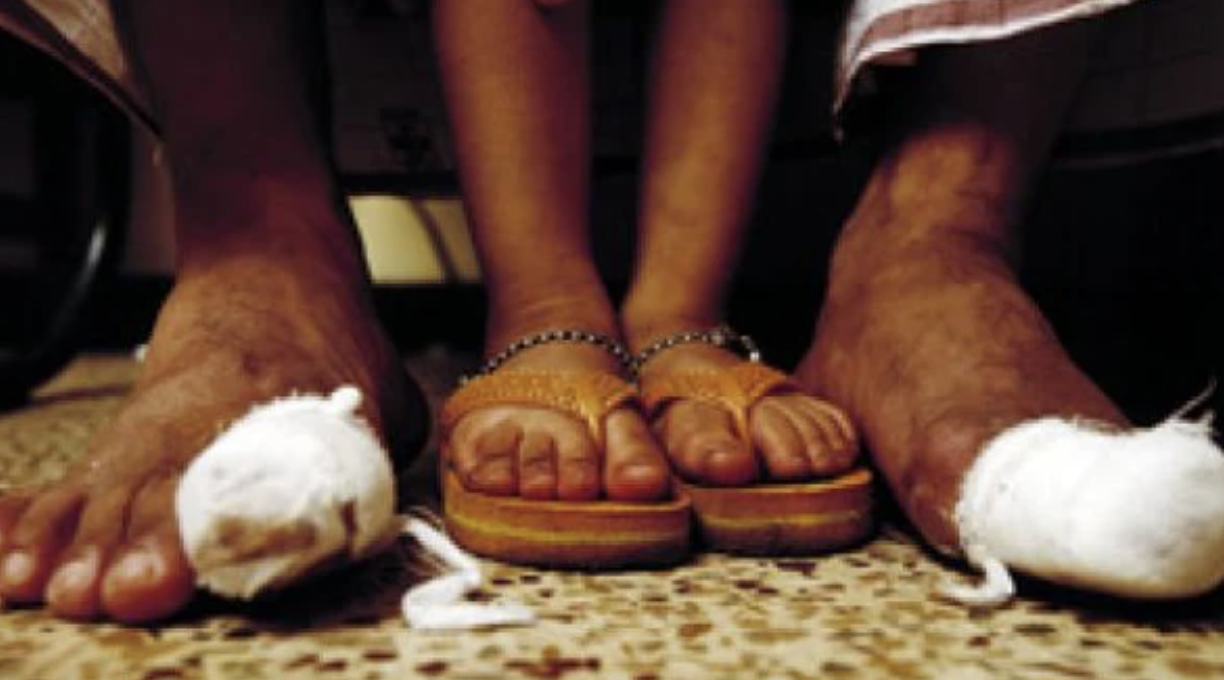In India, out of 62 million people with diabetes, 25% develop diabetic foot ulcers (DFUs). Of these, 50% become infected and require hospitalisation, and 20% ultimately need amputations. DFUs account for over 80% of non-traumatic amputations annually in India.
Individuals with a history of DFUs have a 40% higher mortality rate over ten years compared to those without such a history.
Persistent DFUs are often caused by bacterial infections, and multidrug-resistant bacteria exacerbate the condition and lead to more severe outcomes.
The diverse ethnic and cultural backgrounds in India also influence the bacterial diversity and aetiology of diabetic foot infections.
Indiatoday spoke with Dr Snehil Dixit, MPT, PhD (Diabetic Foot), an Associate Professor from King Khalid University in Saudi Arabia, to gain more insights.
Your feet are intricate structures, each containing 26 bones, 33 joints, and over 100 tendons, muscles, and ligaments.
During a typical day of walking, the total force exerted on your feet can amount to hundreds of tons, equivalent to the weight of a fully loaded cement truck.
On average, a moderately active person takes about 7,500 steps daily, and over a lifetime, this add up to walking approximately 100,000 miles—about four trips around the Earth.
WHAT ARE DIABETES?
Diabetes is a condition characterized by high blood glucose levels (hyperglycemia).
This occurs because the body does not produce enough insulin, produces no insulin, or has cells that do not respond properly to insulin.
Consequently, excess glucose accumulates in the blood and is eventually excreted in urine, depriving cells of essential energy and growth requirements.
WHY IS FOOT CARE IMPORTANT IN DIABETES?
Diabetic foot issues arise from poor blood circulation and loss of sensation, leading to insensitivity to pain, heat, and cold.
High blood sugar levels over time can damage nerves and blood vessels, causing a loss of feeling in the feet.
This can result in the inability to feel pain, heat, and cold; slow blood flow to the legs and feet; Ulcers or infections that heal slowly; Worsened conditions if you smoke.
Injuries like cuts, blisters, or sores might go unnoticed, leading to ulcers and infections, which in severe cases may necessitate amputation.
Unequal pressure on the foot can cause the skin to harden, forming calluses and corns, which may lead to ulcers if ignored.
Blood vessel damage can also hinder blood and oxygen supply, making it harder for sores or infections to heal.
You are at increased risk of developing foot ulcers if you have reduced sensation in your feet, narrowed arteries, a history of foot ulcers, or feet prone to minor cuts, grazes, corns, or calluses significantly increases the risk of developing foot problems, especially for individuals with diabetes.
Reduced sensation can lead to unnoticed injuries, as you may not feel pain or discomfort from cuts or blisters.
Narrowed arteries decrease blood flow, impairing healing and increasing the likelihood of infection.
A history of foot ulcers indicates susceptibility to recurrent wounds, while feet that are prone to minor cuts, grazes, corns, or calluses are more vulnerable to developing serious complications.
Together, these factors underscore the importance of diligent foot care and regular medical check-ups to prevent severe issues such as infections or amputations.
PREVENTING FOOT PROBLEMS
Preventing diabetic foot problems can be achieved through five simple steps:
Regular observation: Inspect your feet and footwear daily for redness, blisters, swelling, changes in skin colour, or ulcers. Report any issues to your healthcare provider immediately.
Identify high-risk situations: Be aware of situations that increase the risk of ulcer development like high heels, sudden loss of sensation, foot muscle power and so on.
Foot care knowledge: Learn about proper foot care.
Appropriate Footwear: Choose suitable footwear that provides stability, cushioning, and a comfortable fit.
Early Treatment: Treat conditions that precede chronic ulcers promptly and consult your health provider immediately.
To maintain proper foot health, especially for those with diabetes, ensure your shoes are properly fitted by a specialist, wash and dry your feet daily, and check your shoes for any rough spots or foreign objects.
Regularly visit your physician for foot exams and avoid extreme water temperatures.
Wear seamless socks designed for foot care, and never walk barefoot.
Refrain from soaking your feet in hot water, wearing mended socks, applying oil between your toes, or using chemical agents on corn.
Avoid thong sandals and smoking, as they can harm foot circulation and health.
Managing diabetes and preventing diabetic foot problems involves taking regular medication as prescribed by your physician, engaging in regular physical activity as advised by your physiotherapist, and following dietary precautions recommended by your nutritionist.
Choosing proper shoes and participating in a brisk 15-30 minute walk daily can help prevent loss of sensation in your feet and control high sugar levels.
It's crucial to seek immediate medical attention if you notice any redness, swelling, corns, or changes in foot colour accompanied by pain, and have your feet checked monthly by a physiotherapist or physician.
These steps significantly reduce the risk of serious foot complications related to diabetes.
